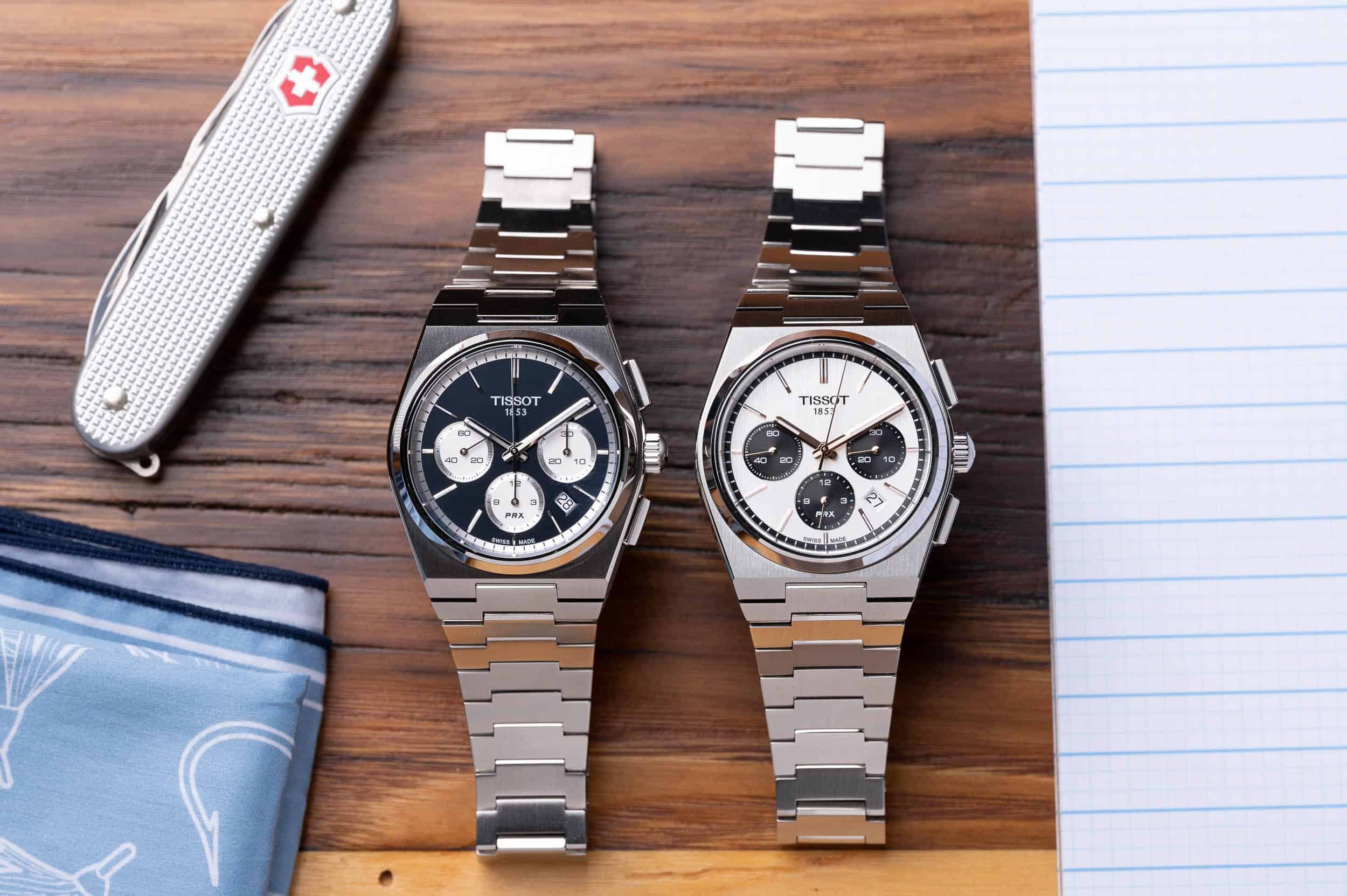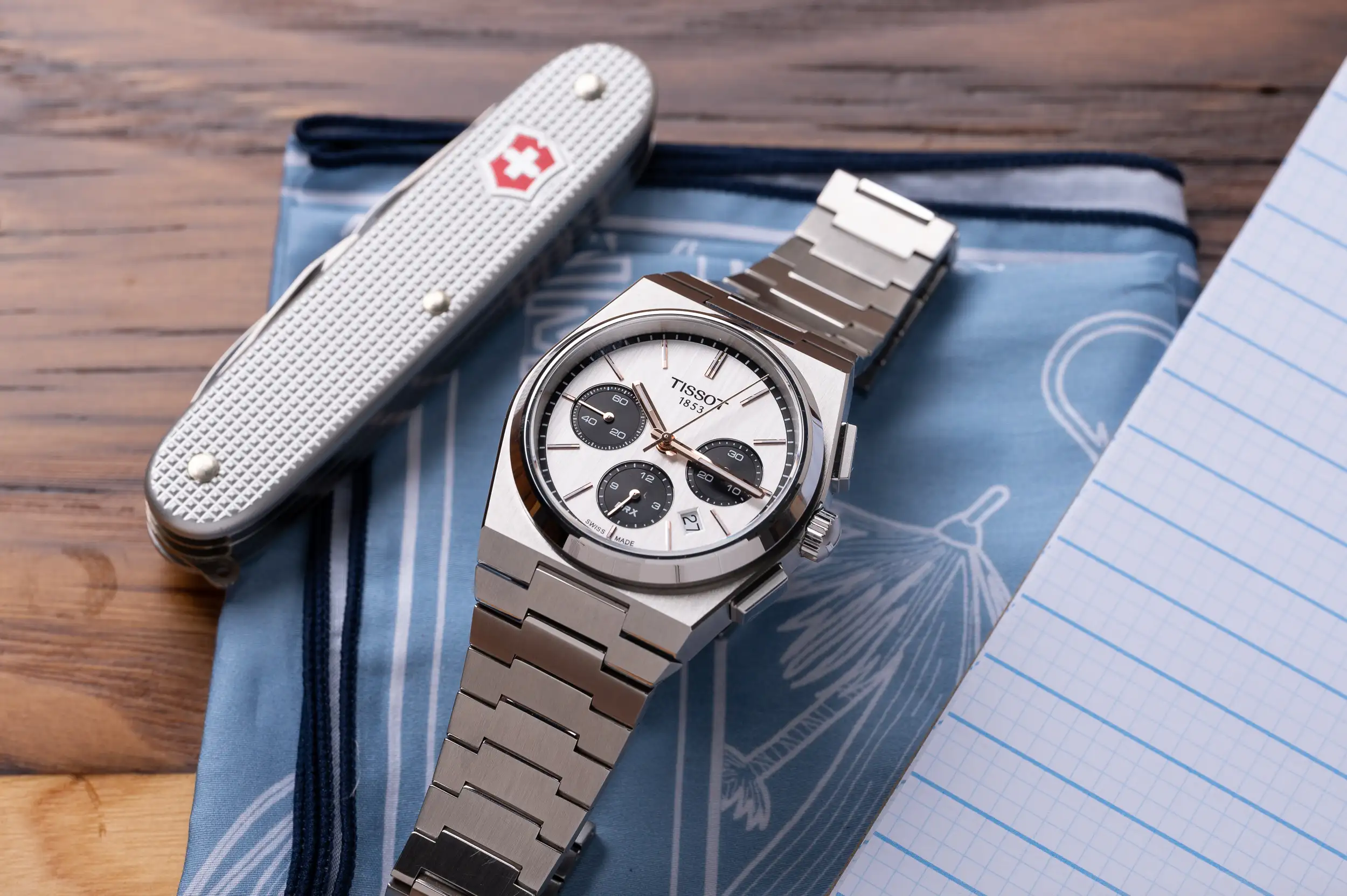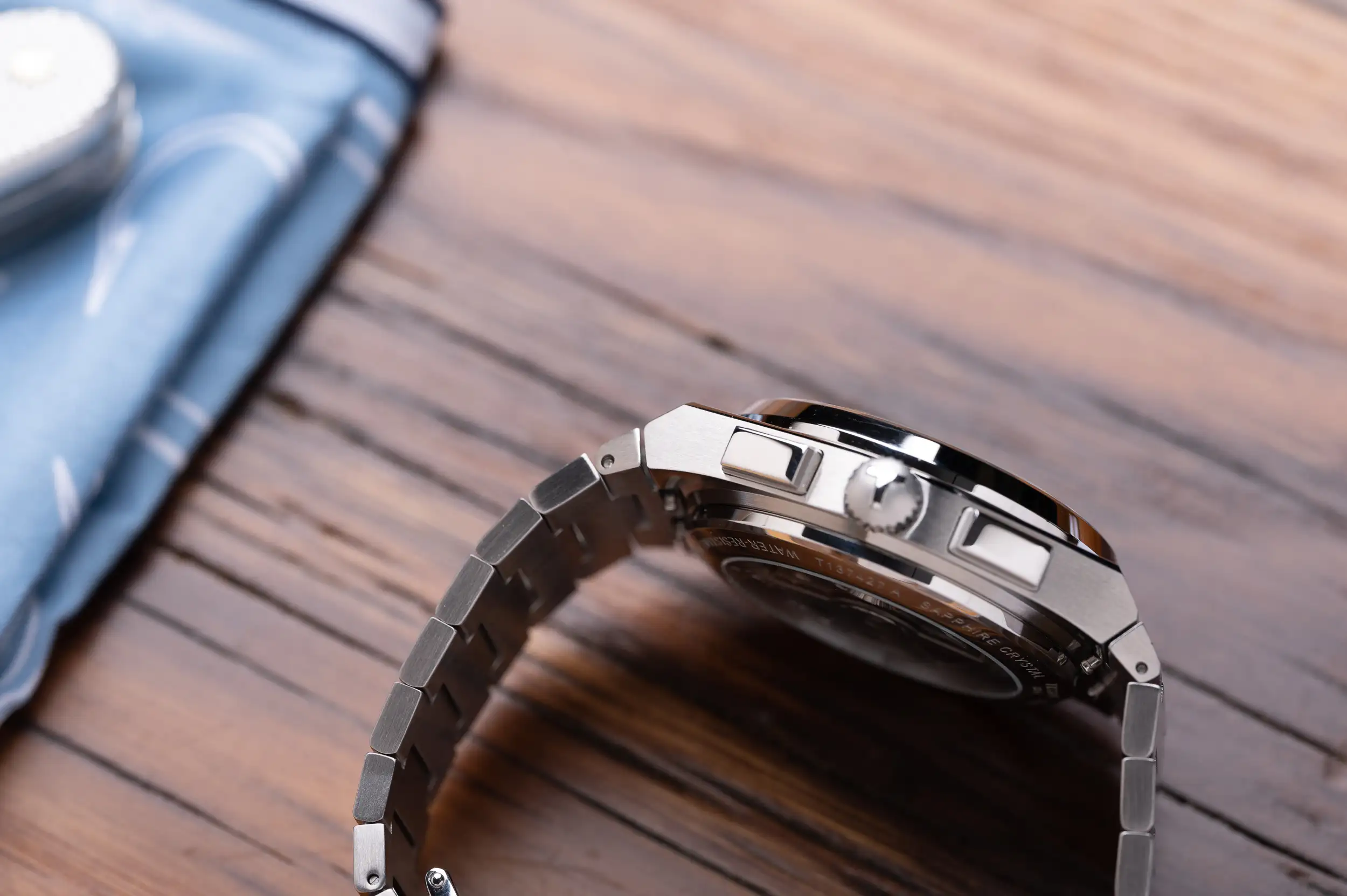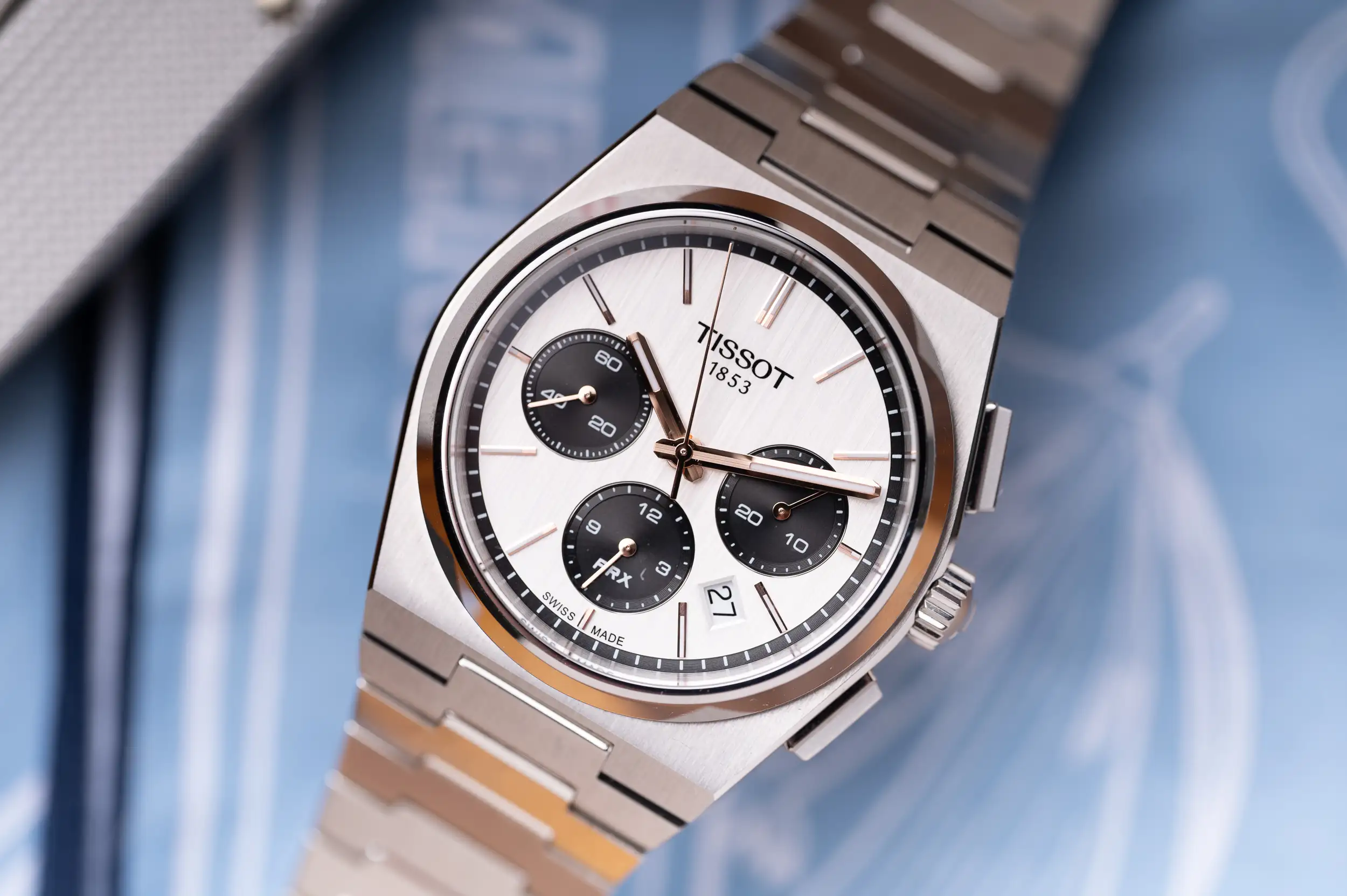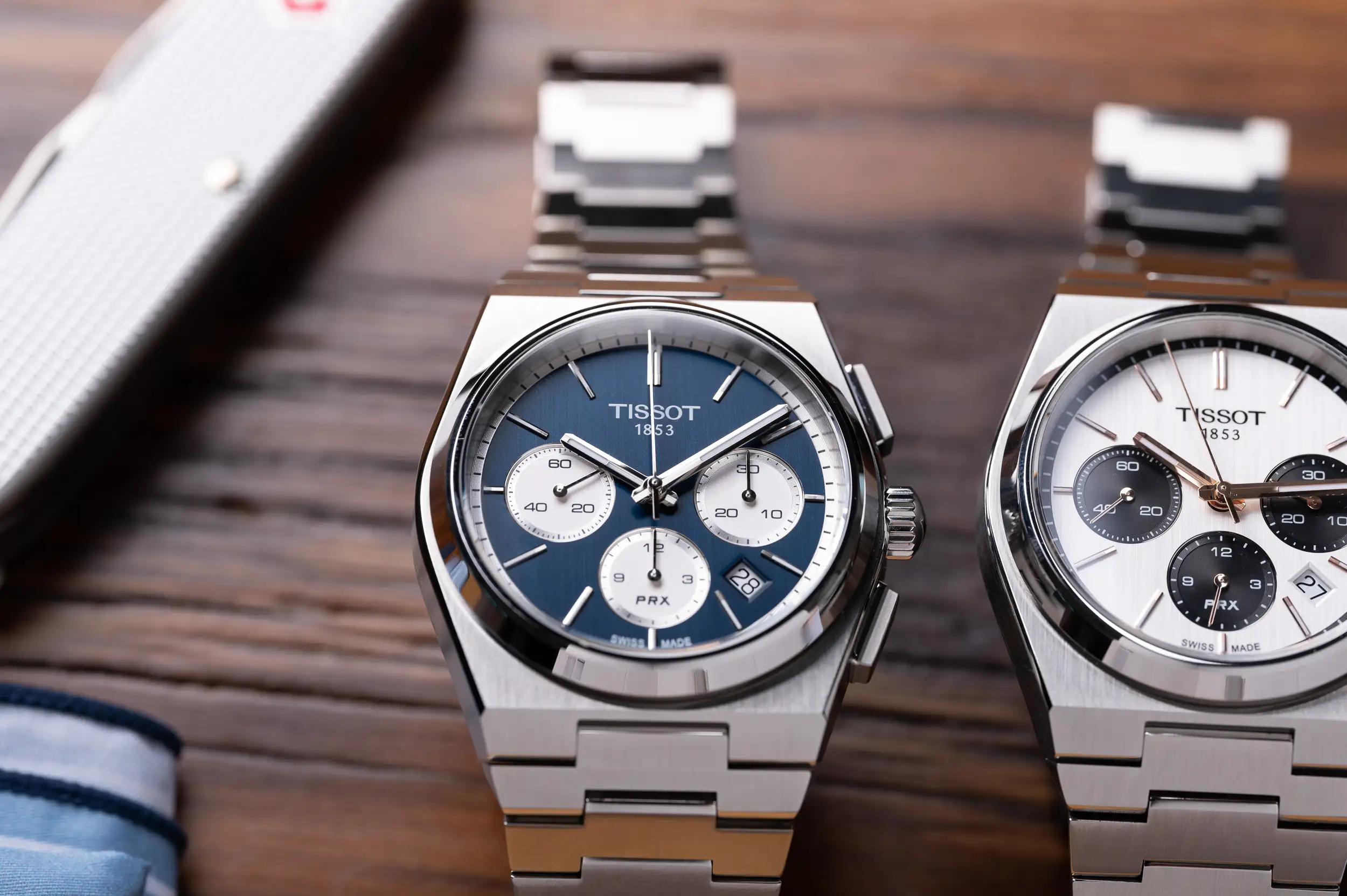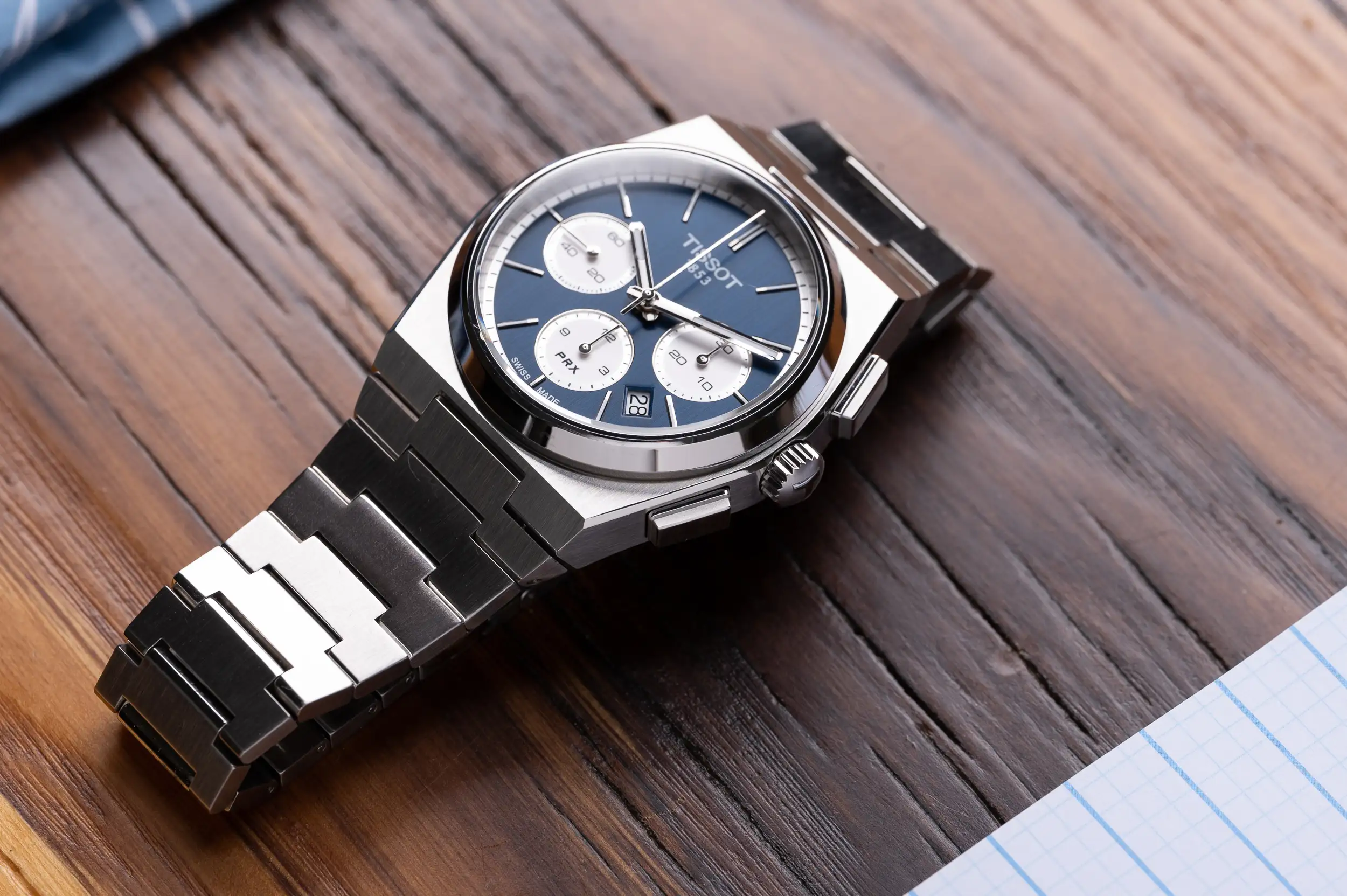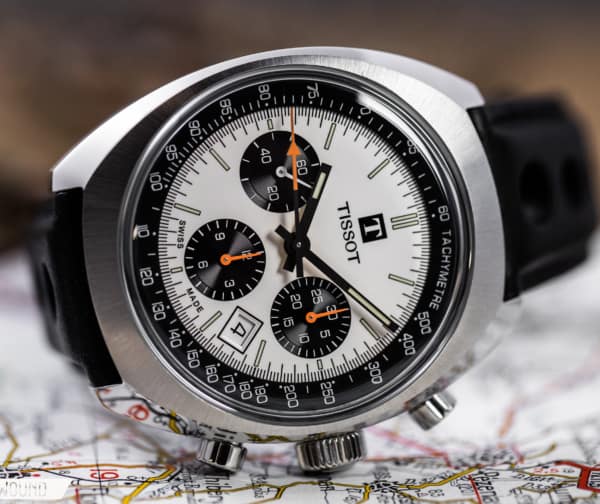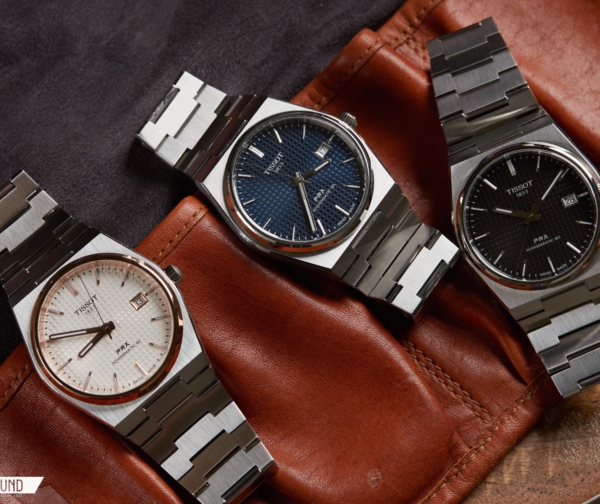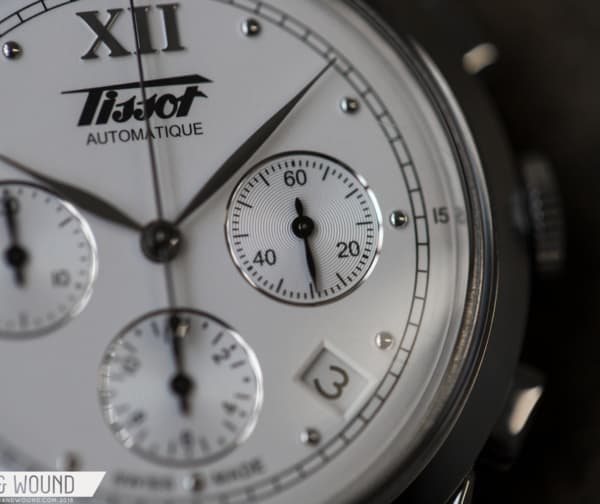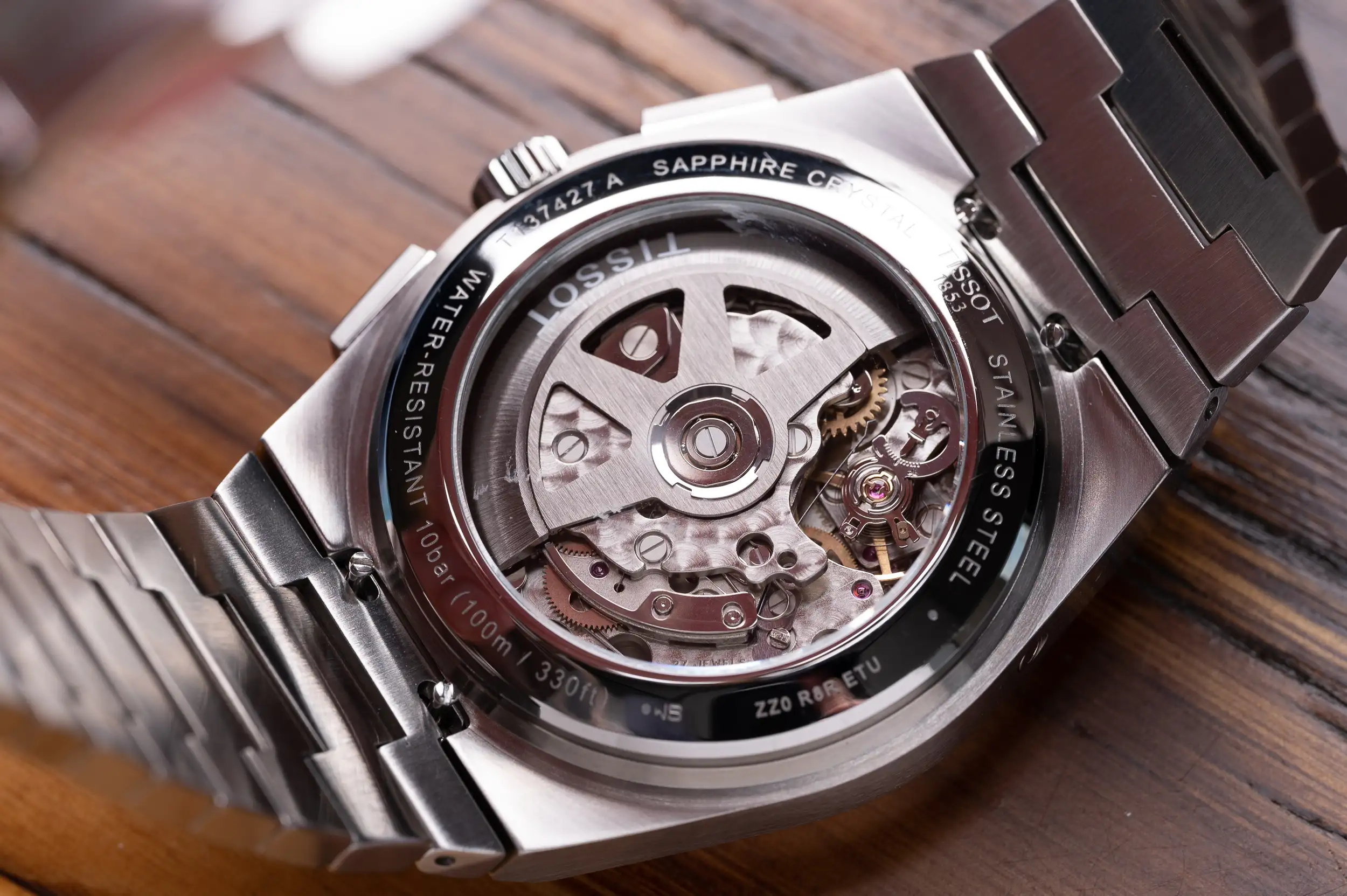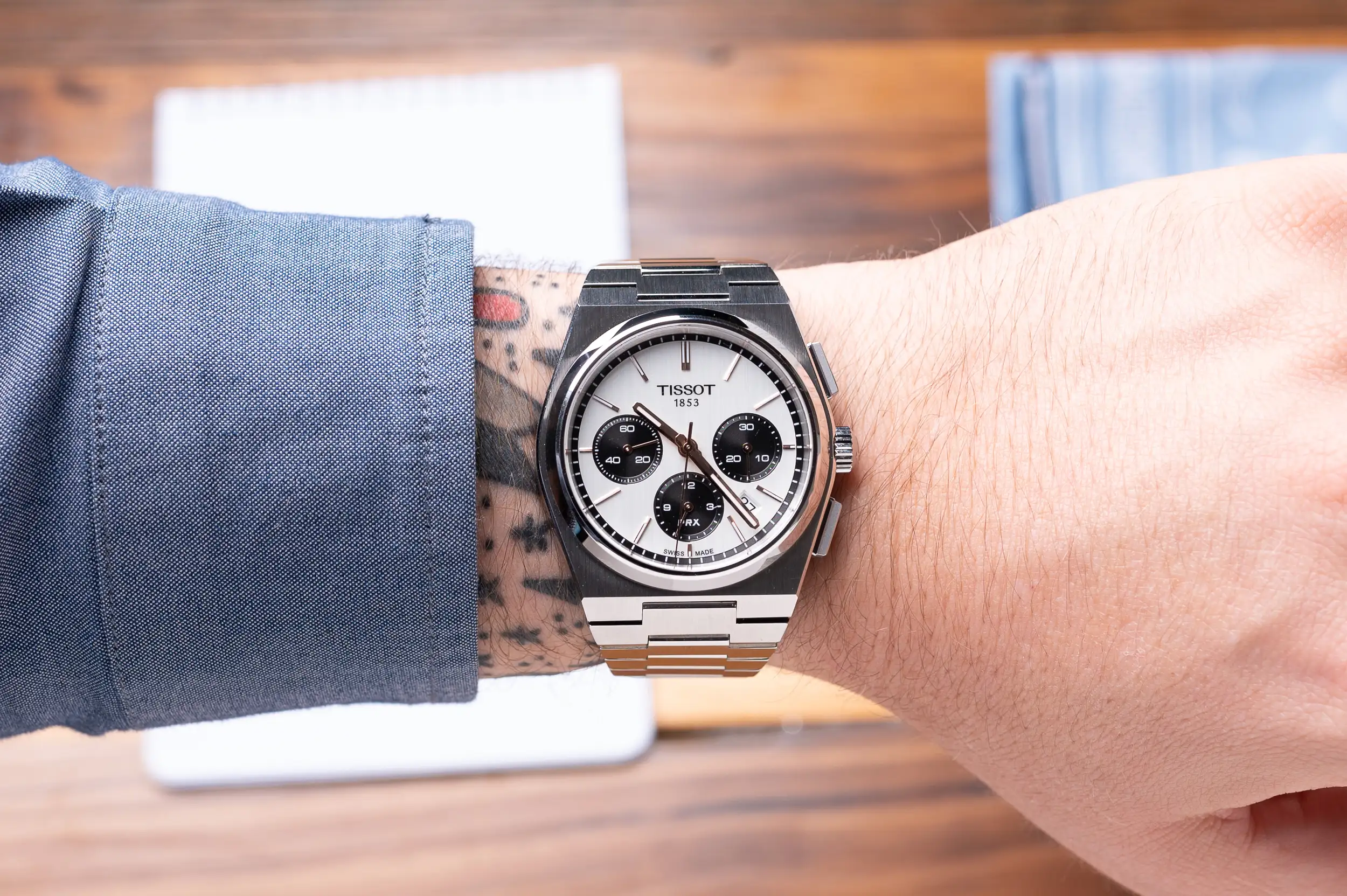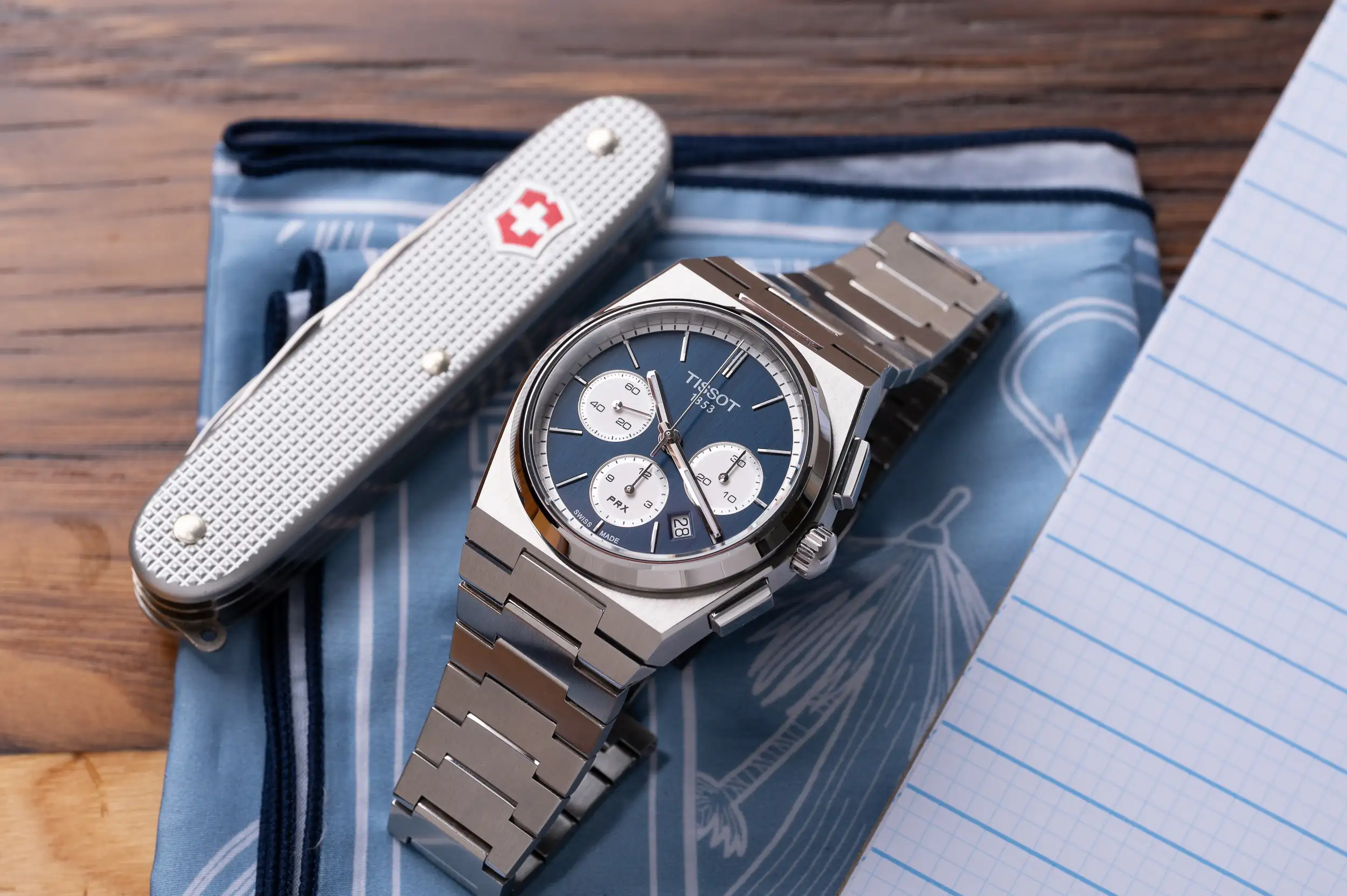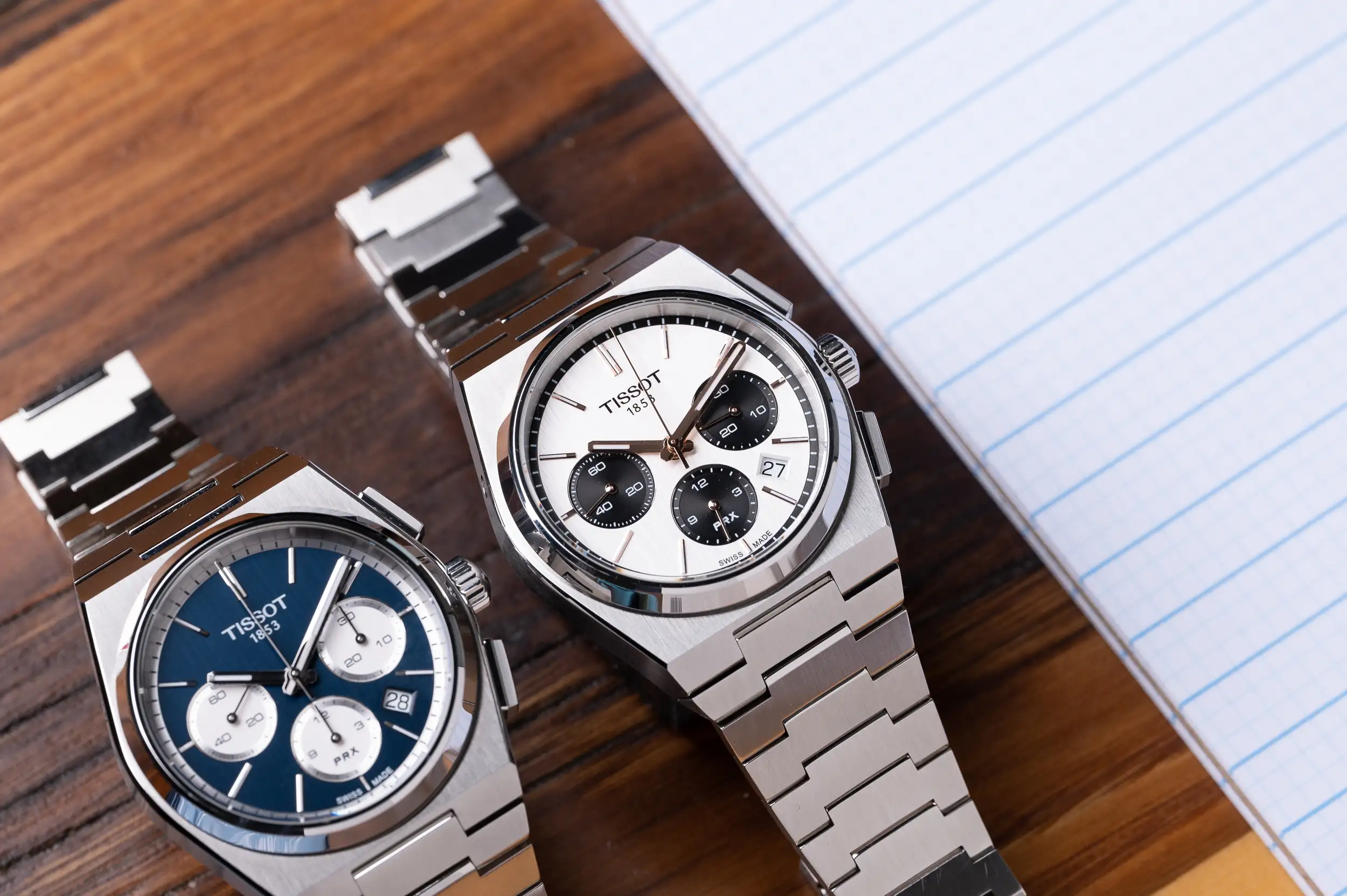It’s the late 1970s and integrated bracelet sports watches are all the rage. Everywhere you look, BOOM, a bracelet and case that flow so fluidly into each other that you couldn’t imagine a watch any other way. If your watch wasn’t designed by Genta himself, then it certainly drew inspiration from one of his watches. Heck, it was practically a requirement of a watch made in the 1970s to feature an integrated bracelet. In my (admittedly warped and inaccurate) view of the past, you were either rocking a svelte steel sports watch with an oversized suit with wide lapels, or leading some sort of off shore expedition wearing a Doxa or funky Omega. Of course, none of this is true and there were tons of different watches worn throughout the 70s with a healthy mix of watches from the then-recent past. There’s no denying the popularity of the integrated bracelet sports watch, and most brands at the time had something that fit the bill.
One such watch was the original PRX from Tissot. PRX stood for Precise, Robust, and Ten (X in roman numerals) for the 10 atmospheres of water resistance. Their popular release from the late 1970’s has been reworked for the modern era, inspiring a new line of quartz, automatic, and automatic chronograph options. They’re shockingly affordable for what they offer, and represent a great value and starting point in the world of Swiss-made watches. Today, we’re taking a much closer look at the PRX Automatic Chronograph — a 42mm steel watch in a tonneau style case that features a Valjoux A05.H31 automatic chronograph movement.









 Featured Videos
Featured Videos




